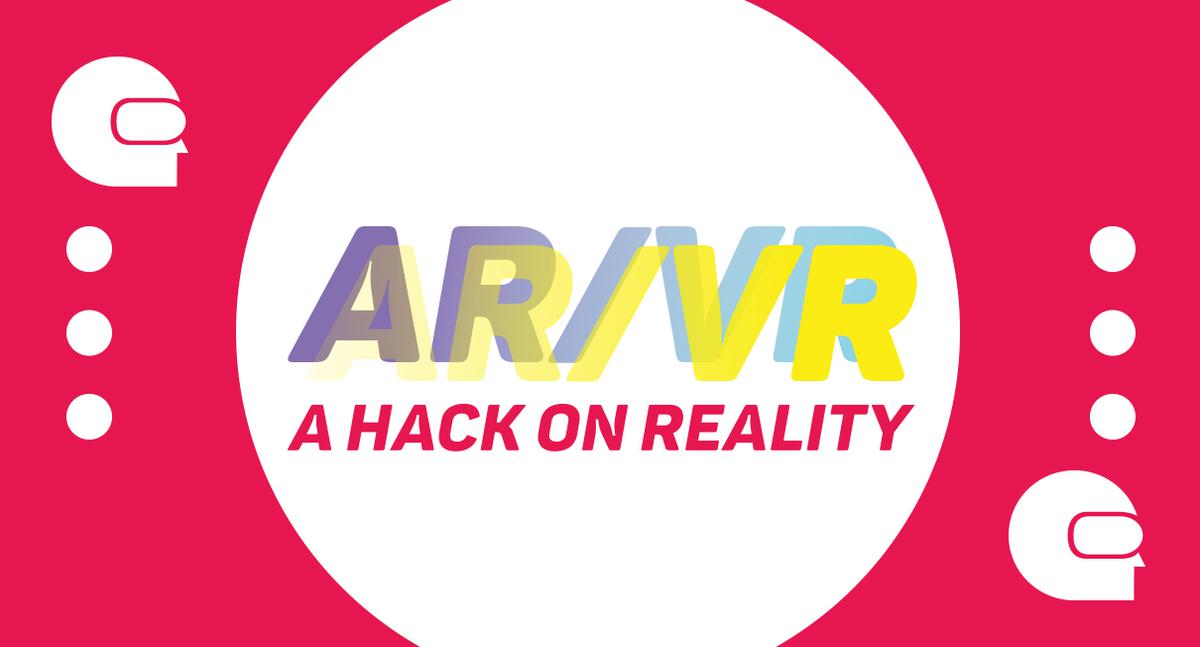The merging of human abilities with different technologies prompt the nearing of a technologically advanced future. Targeting visual enhancements and exploration, AR/VR technologies have captured the imaginations of many, making what was only then possible in science fiction novels, a reality. Here, we take a look at the new way to see.
AR/VR’s pivotal years
AR and VR technologies have come a long way since its conception. Although able to bring immersive content through stunningly accurate hyper–realistic 3D environments, many are still unaware of its humble beginnings. Who would’ve known that the technology was introduced in the year 1968?
Yes, the technology that everyone is so eager to try today started in the year 1968, with Ivan Sutherland developing the first ever head-mounted display system to show users wireframe drawings using computer-generated graphics. Although artificial laboratories such as Myron Krueger’s “Videoplace”, that featured a combination of video cameras and projectors were built, the term “Augmented Reality” wasn’t coined until the year 1990 by Boeing researcher Tom Caudell. Like with all things technologically expedited, the military had its own share of involvement. Among the pivotal moments was when Louis Rodenberg developed an AR system for the US military, specifically for the US Air Force.
From 1994 onwards, AR/VR entered the consumer market via several entertainment productions. There’s Julie Martin’s theater production, “Dancing in Cyberspace,” that featured the first ever augmented reality theater production; NFL’s first virtual first down yellow marker, broadcasted by Sportvision, and created by 1st & Ten; and many more. Coinciding with these years were state sponsored NASA and naval research developments. By 2000, a major software, ARToolKIT was created by Hirokazu Kato. Enabling video tracking to overlay computer graphics onto a camera, ARToolKIT prompted the creation of a handful of augmented reality software and plugins.
Now in the 2000s, we see a plethora AR/VR applications, headsets, games and movies. From botched attempts to Google Glass, to promising technologies like Apple ARKit, content is inevitably bound to get better.
How those magic goggles work
With competitive pricing, impressive capabilities, and easy accessibility, it’s almost an impossibility not to be exposed to AR/VR technology. Many have called 2017 the year of the AR/VR, but how exactly do these technologies work? While they share similar concepts that focus on altering the way we perceive, AR and VR actually differ in many ways. The most obvious of which is where they let us perceive our presence.
Samsung Gear VR, Google Cardboard, HTC Vive, Sony PlayStation VR—those, among other VR headsets on the market, are able to transport the user to a different environment, or in other words, transpose users elsewhere. With VR technology, it doesn’t matter where or when you use it since its content isn’t confined to the users’ surroundings—it blocks out reality, and puts into vision an entirely different scenario.
Since VR blocks out user vision to the real world, and consequently renders an entirely different one, sky is the limit when it comes to possibilities. If ever you wished to lucidly explore dream like environments, or fantasized about being transported to your favorite game environment or movie, then you’ll be happy to know that it’s pretty much possible with VR headsets, especially with those that have support for an immersive 360-degree viewing experience. Other VR headsets, like the PlayStation VR, also include complementary handsets that further enhance the experience by providing users a chance to interact with different environments.
AR, on the other hand, is an entirely different story, albeit an interesting one. If you can recall scenes in popular sci-fi movies where cyborgs or autonomous robots perceive reality with vision that’s complemented with additional data, then you’ll be excited to now that this technology is already in the here and now.
Unlike VR headsets that transport users elsewhere, AR headsets provide users with supplementary content to the real world. With much of them equipped with cameras and head tracking capabilities, they’re able to sustain the user’s situational awareness.
AR headsets are a step closer to enhancing human abilities. Merging technology with vision, they’re able to provide additional information on a certain subject—looking at a restaurant can allow you to instantly see ratings and reviews; the streets, directions and pathways; the sky, weather forecasts, and temperature. There’s a plethora of possibilities with AR/VR, and we’re happy to share that developments are at all time high.
The future of content and its social impact
The thing with AR/VR is that it’s able to provide both consumers and professionals immersive and useful content. Whether it be in the area of entertainment or for professional use, AR/VR technologies are able to adapt.
Watching films in VR/AR headsets are already possible with users that are able to enjoy content at their own pace and privacy. In Facebook, there are plenty of viewable 360-degree ads, but most importantly, journalistic coverages of news that provide people a full view of a specific area. A quick Facebook search can show a user the
current status of war conflicts, such as in Syria’s, thus providing ordinary users a chance to be immersed and exposed to such realities. Likewise, there’s 360-degree viewable art museums that promote culture, and games that simulate different professions, such as a surgeon’s, pilot’s, and driver’s. There’s just so much possible with VR/AR.
On the economic side, widely appealing content are quite easily monetized. In the same manner, there’s a whole list of professionals that can use these technologies to create content—from artists, musicians, and directors to engineers, programmers, hardware manufacturers, and researchers.
The direction where AR/VR is heading is an exciting one, and it’s nice to see that beyond fun and games, it’s also able to drive economies.
Also published in GADGETS MAGAZINE September 2017 Issue
Words by Gerry Gaviola
